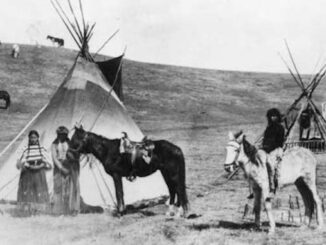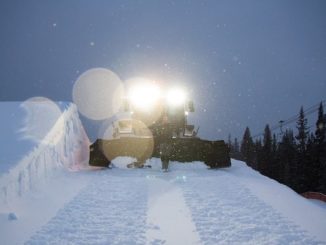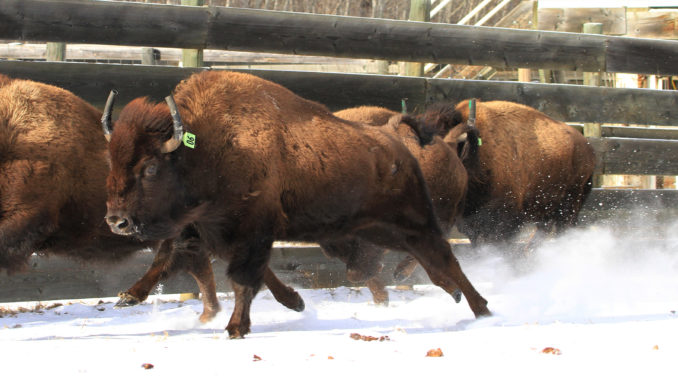
“Our government is committed to preserving and expanding our national parks and protected areas and contributing to the recovery of iconic Canadian species. This is a historic moment and a perfect way to mark Canada’s 150th.”
~Catherine McKenna, minister of Environment and Climate Change
After more than a century wild bison have returned to Banff National Park. Sixteen Plains Bison (ten pregnant females and six young bulls) were selected for relocation from Elk Island National Park’s healthy conservation herd. On February 1st, 2017 the animals were airlifted in custom shipping containers from the Ya Ha Tinda Ranch to their new home in the remote Panther Valley, approximately 40km north of the Banff town site. During the soft release the bison will remain in a paddock within the valley for sixteen months so they can calve twice and acclimate to their new home. It also gives Parks Canada an opportunity to monitor the herd’s health before they’ll be released into a 1,200-square-kilometre area within the Red Deer and Cascade river valleys. That’ll be their first real opportunity to interact with the surrounding landscape and other native species. A combination of natural barriers and wildlife fencing will deter the bison from leaving the management zone.
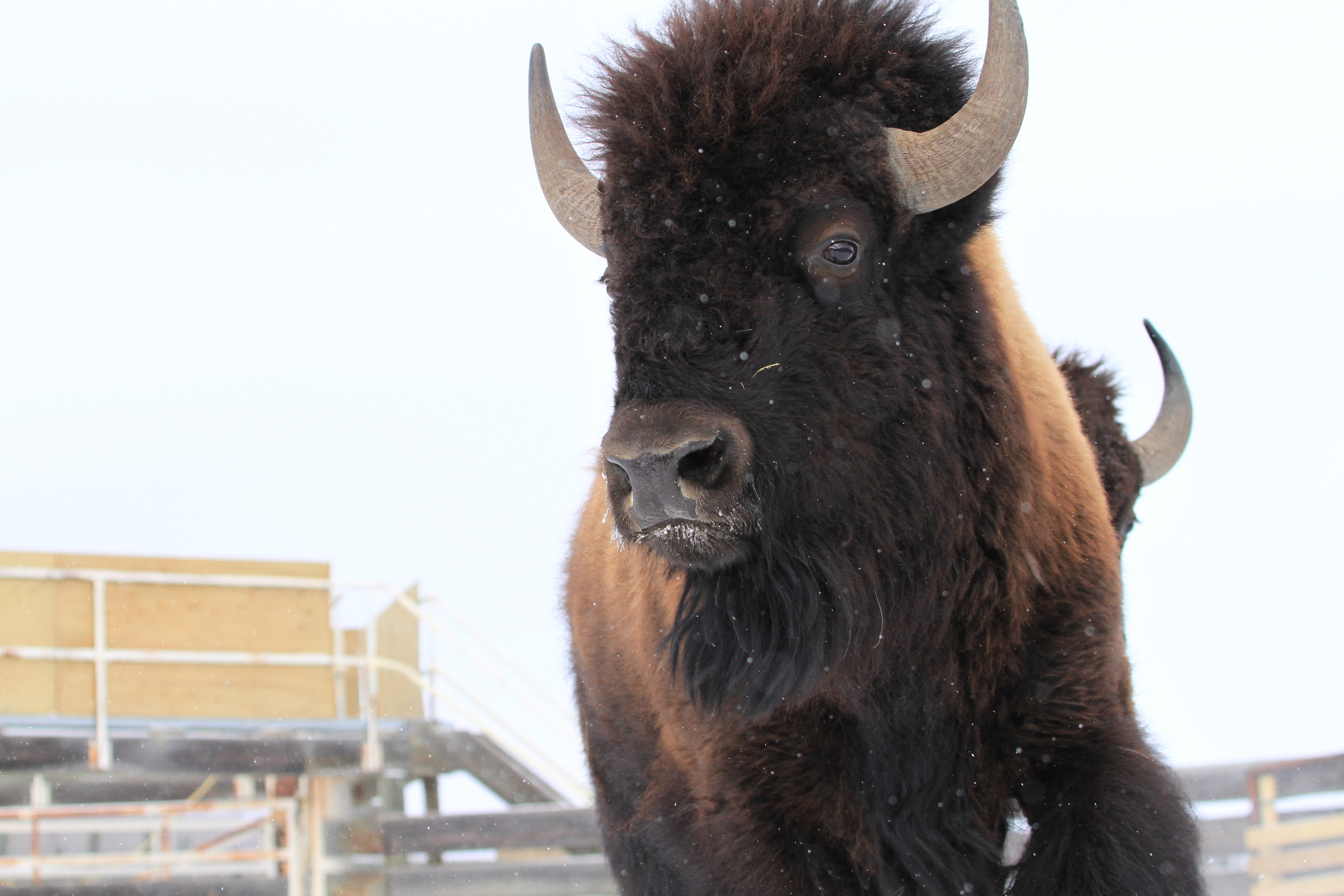
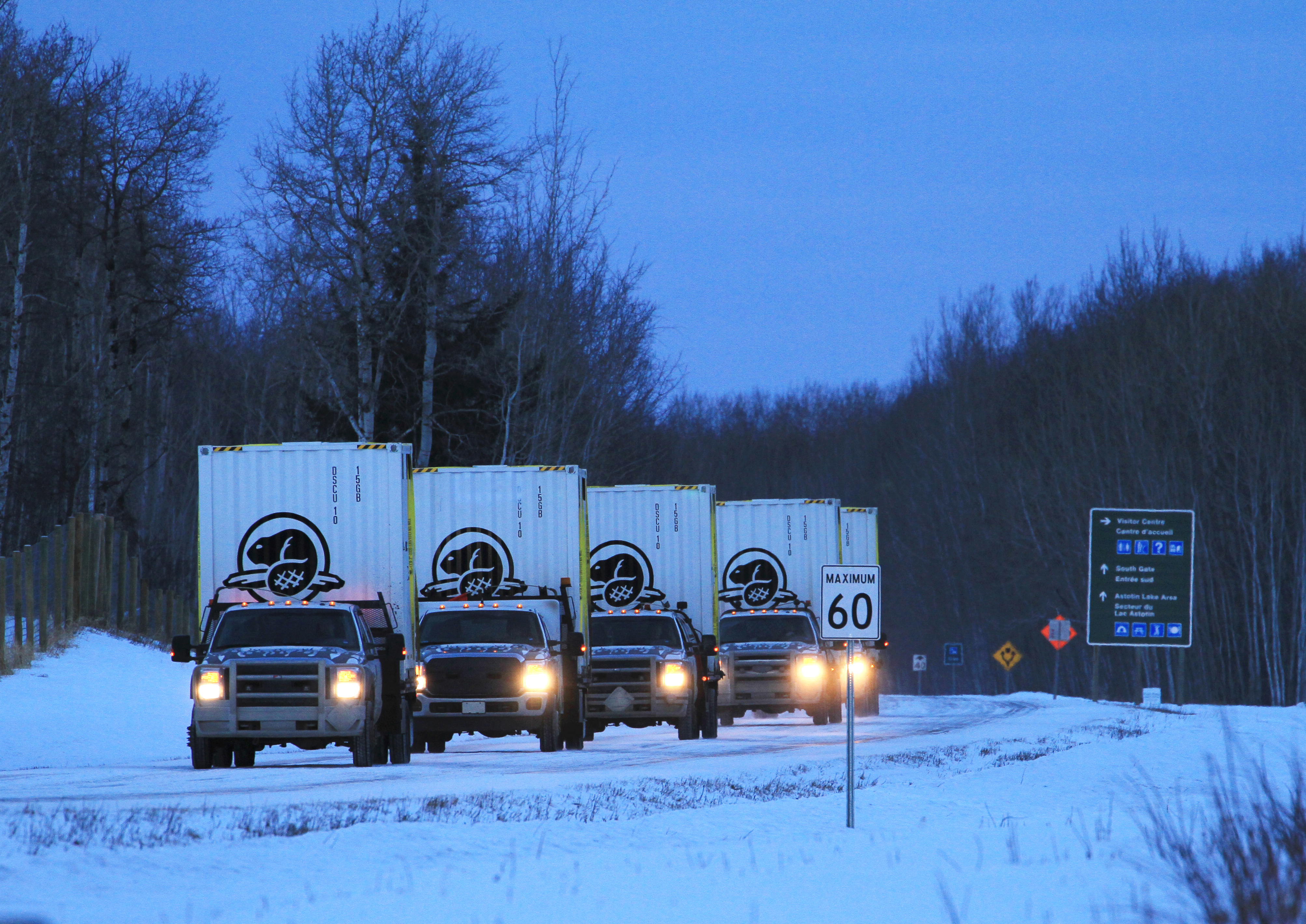
Due to their near extinction in the wild the last bison were seen in the area that is now Banff back in 1883, four years before Rocky Mountains National Park (known today as Banff National Park) was even established. In 1898 a paddock was erected at the base of Cascade Mountain to house a few surviving bison from Manitoba. Nine years later the largest surviving herd of Plains Bison were rounded up in Montana. Canada eventually received 708 members from that herd while an unspecified number arrived at Banff’s paddock. In 1997 Banff’s captive herd was relocated outside the park and the paddock was dismantled. These actions were the result of the Banff-Bow Valley Study, which concluded that the bison paddock (among other new developments near the town) was seriously impeding the movement of wildlife throughout the Bow Valley. For the next ten years the park was bison free, but the topic was thoroughly discussed and explored throughout the ensuing time period.
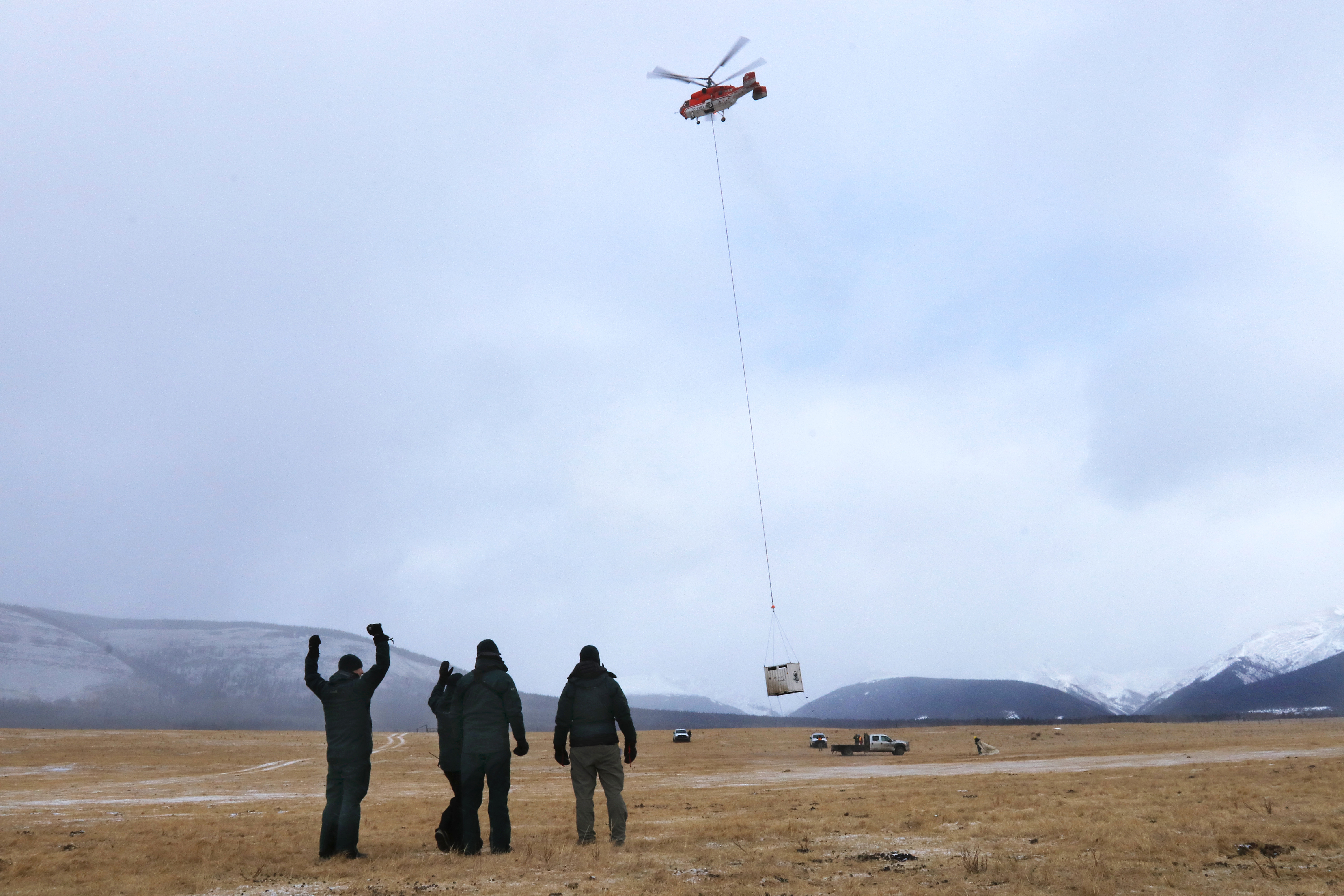
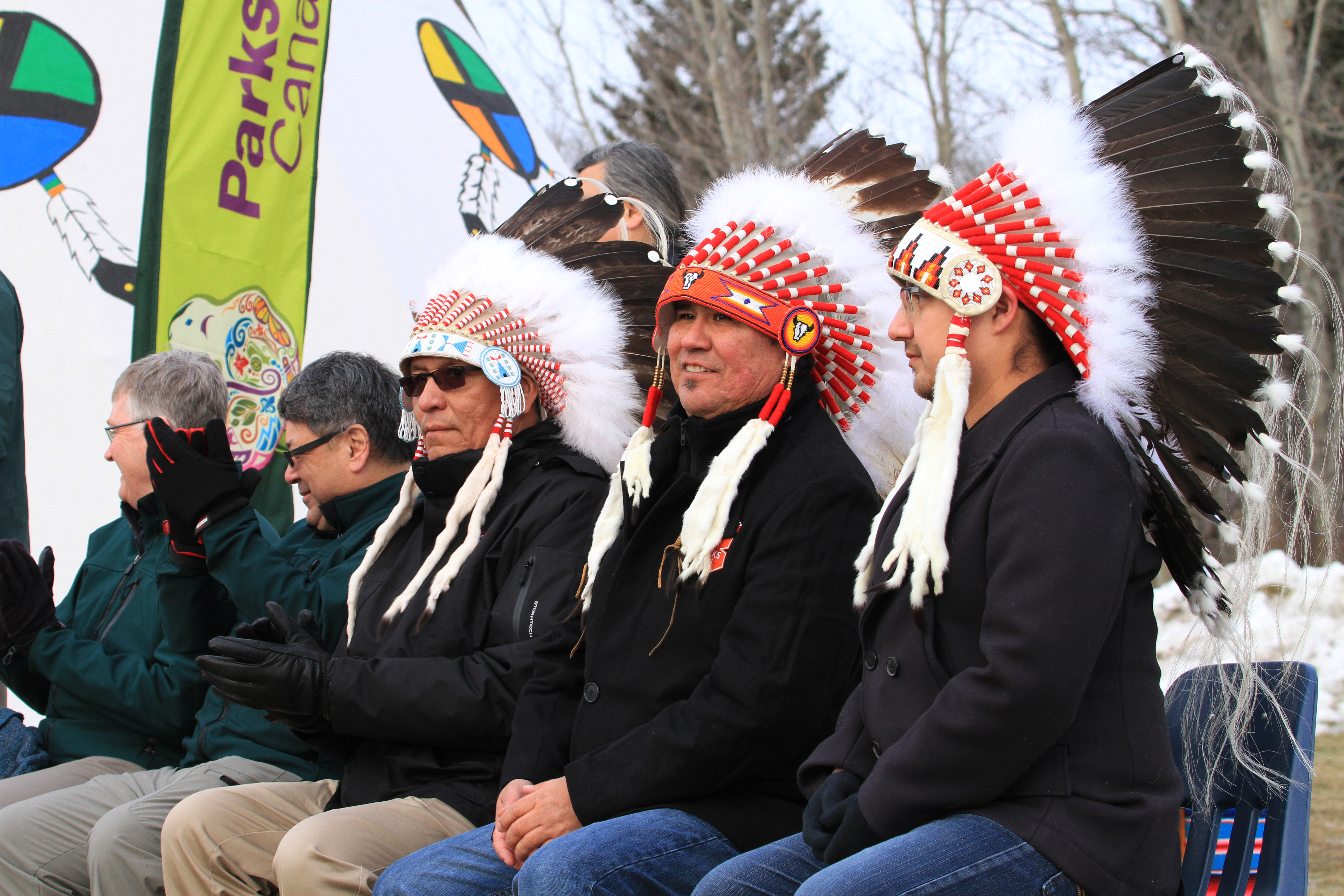
Having the bison return to the landscape is also spiritually and culturally significant for First Nation people. Many First Nation groups depended on the bison for their own survival and they suffered greatly when the bison were almost completely wiped out. The return of the bison is also an important step towards reconciliation with First Nation people across the country. In early August of last year members of the Stoney Nakoda Nation held a special ceremony in the meadow below Cascade Mountain to welcome the bison’s return. By the same token in late January the Samson Cree Nation preformed a send-off ceremony at Elk Island National Park for the bison headed to their new home in Banff. There is a deep historical connection between First Nation people and the land and this reintroduction only strengthens that relationship and fosters cultural reconnection.
“With the ceremony, we are asking the spirit of the buffalo to consider coming back to its original territory.”
~Hank Snow, councillor with the Wesley band.
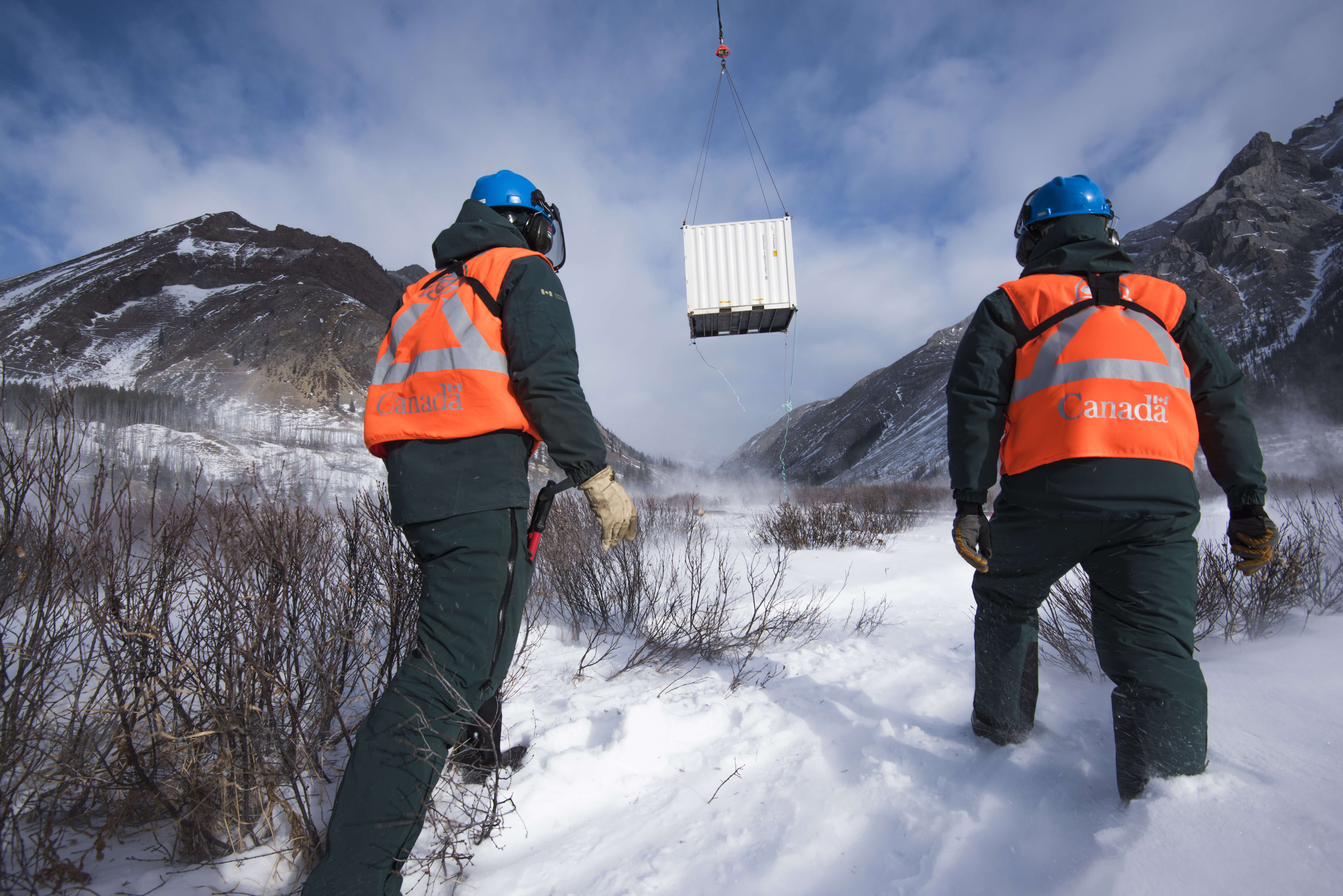
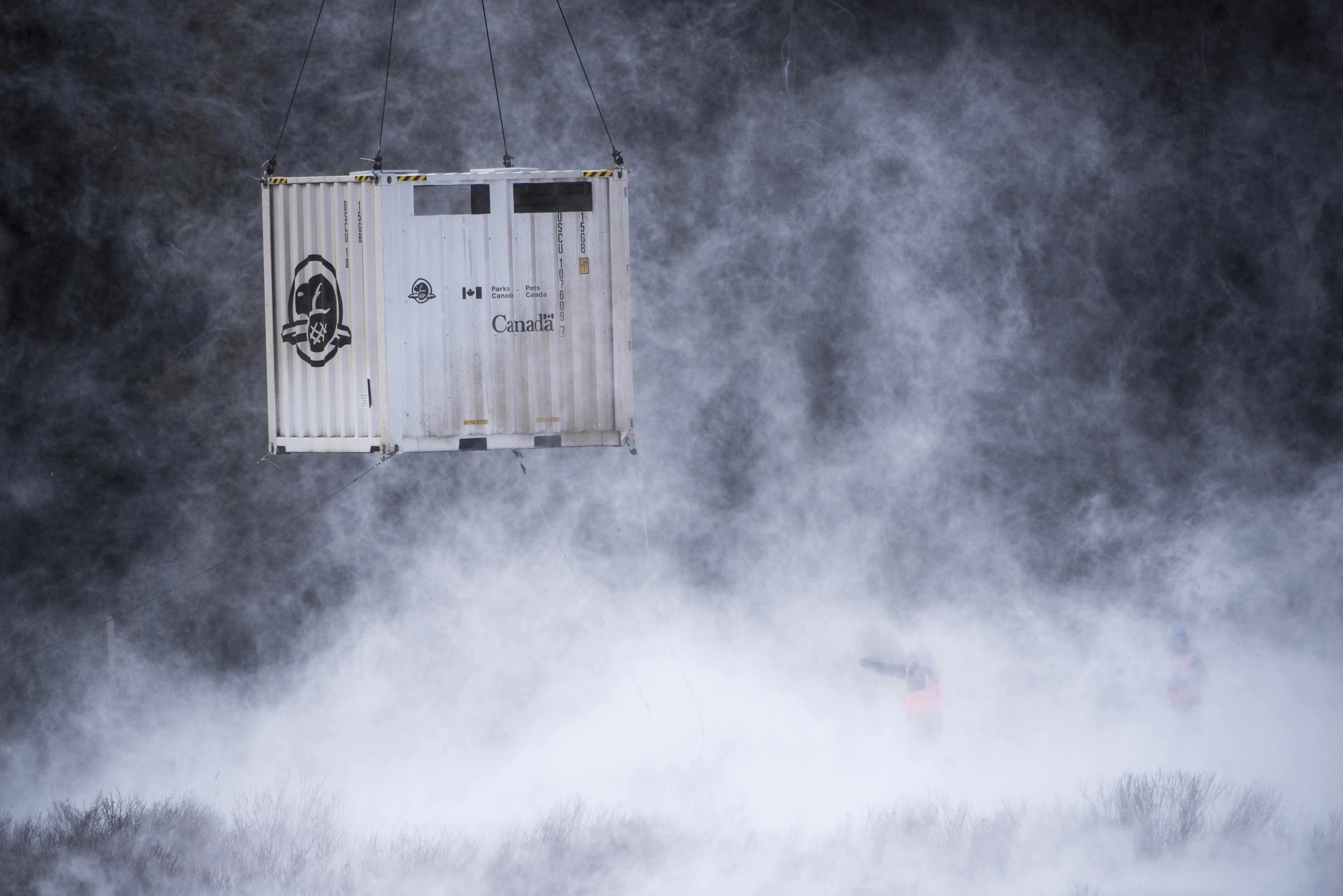
This five-year pilot project is being funded by the Government of Canada at a cost of $6.5 million. During that time the herd will be closely monitored by Parks Canada staff. They’ll evaluate the herd’s overall health, monitor movement patterns via radio collars, track survival and reproductive rates, determine how well they’re adapting to their new backcountry home, and ascertain predation rates by large carnivores such as bears, cougars, and wolves.
A short time after arriving in the Panther Valley the bison were grazing and drinking from the trough. A few of the young bulls were even rubbing their horns and bucking, which are all excellent signs that the herd was feeling calm and were settling into their new surroundings. For those wanting to visit Banff’s newest residents in person it will require a multi-day journey by foot, ski, or horseback to reach the remote valley. You will also need to posses a backcountry camping permit before embarking on your journey.
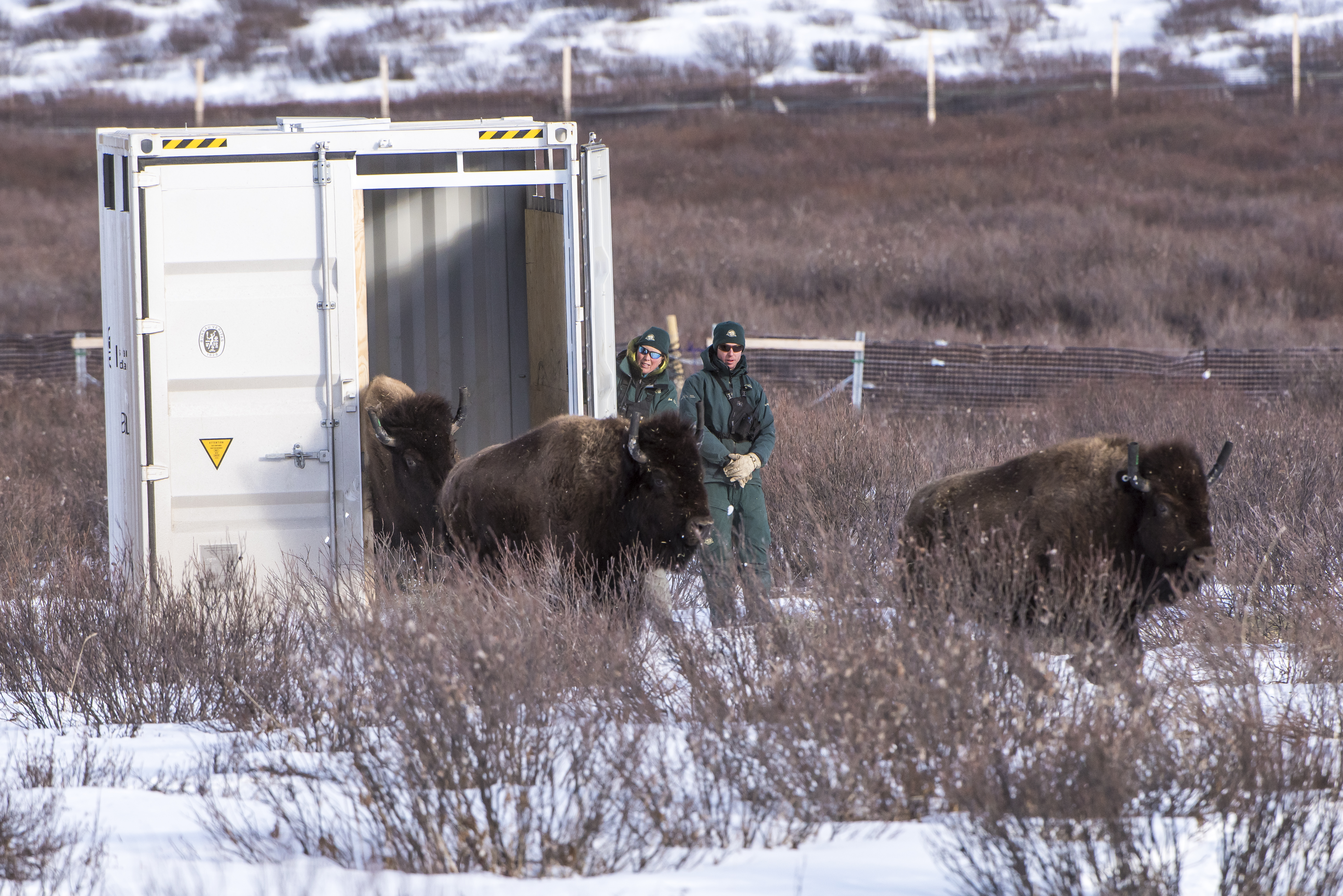
“If it works, we are actually setting the seeds for just one of four plains bison populations in North America that are actually interacting with their environment. That will be a first in over 140 years in Banff National Park, and that’s really why we’re doing this is to make them wild again. They’ve been absent from this landscape for too long and so I think today is the hooves on the ground beginning of trying to bring that back.”
~Karsten Heuer, bison reintroduction project manager for Banff National Park
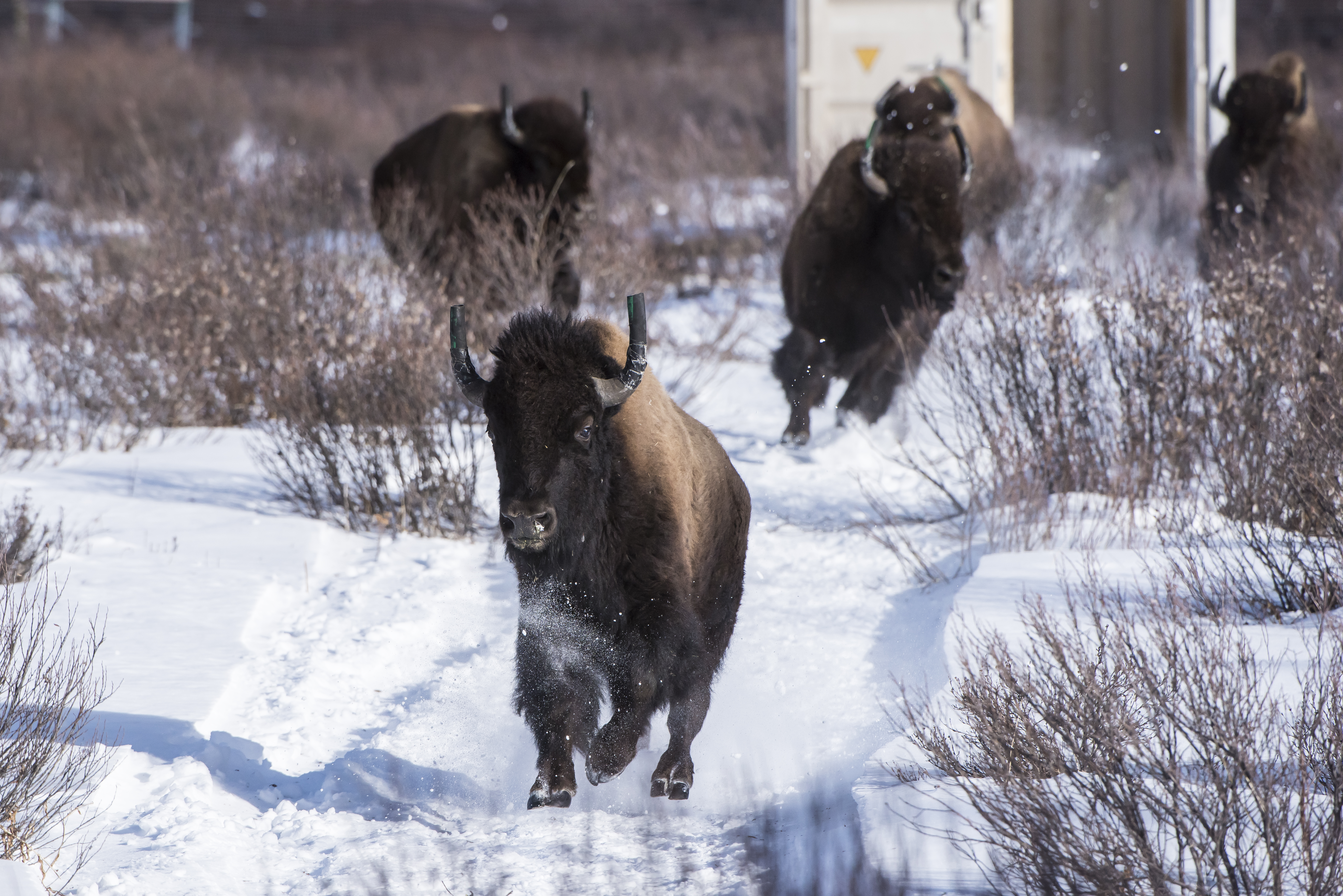
Although any major decision will have its critics, and the bison reintroduction project has its fair share, I for one am happy to see this keystone species return to its native homeland. The fact that it coincides with Canada’s 150th anniversary of confederation makes it all the more meaningful. It also meets the guidelines of Canada’s National Parks Act that mandates the restoration of ecological integrity, which has come to include natives species and processes. With the bad press Parks Canada has received lately regarding the Disney-like attractions popping up across the country I’m proud to say that they got this one right. It’s satisfying to know that these dominant grazers who helped shape the ecosystems of modern-day Banff National Park will now play a role in determining its future.
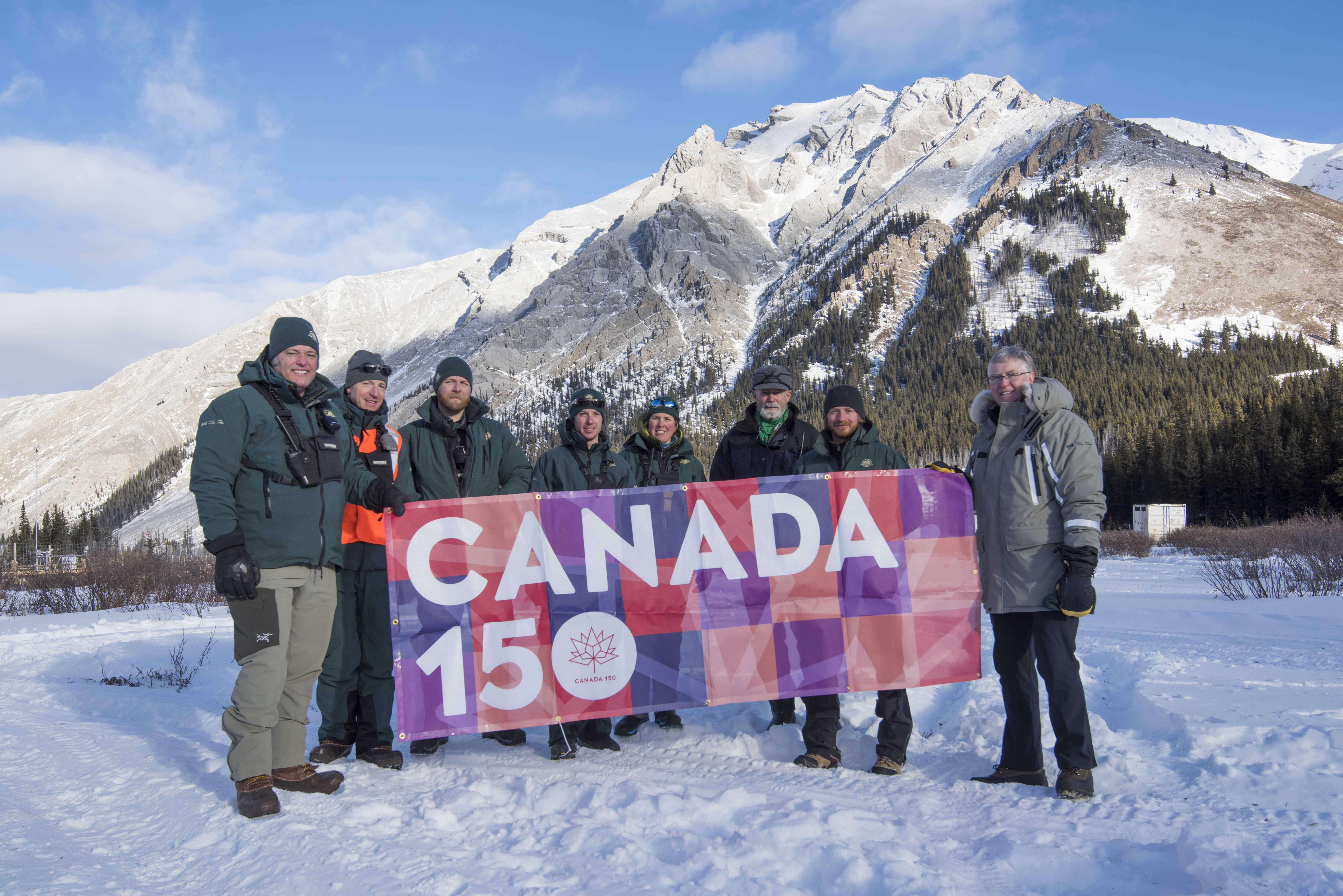
The above video tells the story of the bison reintroduction. Video Credit: © Parks Canada
To read more about bison in Alberta, including the culturally important white bison, please refer to my previous story titled, Legend of the White Bison.


